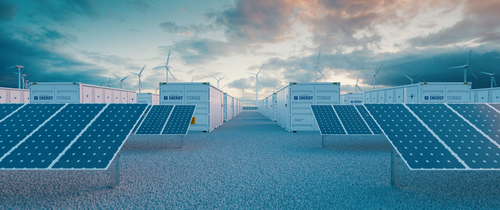Insights & Resources on Solar Energy
Get the latest updates, expert insights, and project learnings that power a greener tomorrow.
All Articles
Read our blog articles to know more about the latest in solar technology, renewable energy regulations and Quark’s role in the clean energy transition.
01. What is the difference between CAPEX and OPEX solar models?
In the CAPEX (turnkey rooftop EPC), the client owns the solar system outright by paying upfront. In the OPEX (ESCO services) model, the system is installed with no upfront investment, and the client pays a monthly fee for the energy provided, typically through a Power Purchase Agreement (PPA)
02. How long does it take to install a solar power system?
A typical solar project takes between 4-6 months to execute; however this period may vary based on the size of the project, technical dependencies, state of operations as well as the timeline required for government approvals. During the techno-commercial discussion, you should receive a proposed project timeline tailored to your requirement.
03. Do you provide battery storage and hybrid systems?
Yes, rooftop solar or third party solar can be supplemented with battery storage system or in some cases even wind turbines to improve the renewable energy power performance. However, the technical team will need to assess the natural variables in power consumption patters as well as the site features before proposing these options.
04. What kind of EV charging stations do you install?
Our EV charging installations are typically fast charging as they are a part of our on-site solar projects to boost overall use of sustainable power at commercial or industrial facilities. However, we can customise the systems if there are specific requirements based on the fleet size or vehicle type.
05. Can you help with permits and regulatory approvals?
Of course! Whether we are installing your project under the CAPEX or OPEX model we undertake the responsibility of permits and regulatory approvals for the client. We bring you all the documents for signature and verification, and liase on your behalf with the relevant regulatory authorities to ensure your project is executed by the book.
06. What warranties and maintenance support do you provide?
Operations and maintenance is a service we provide to all of our clients, as well as stand alone projects as well. Maintaining your renewable energy project is a continuous process. Key components are usually covered under warranties which are back-to-back from the OEM, such as modules, inverters and structures.



